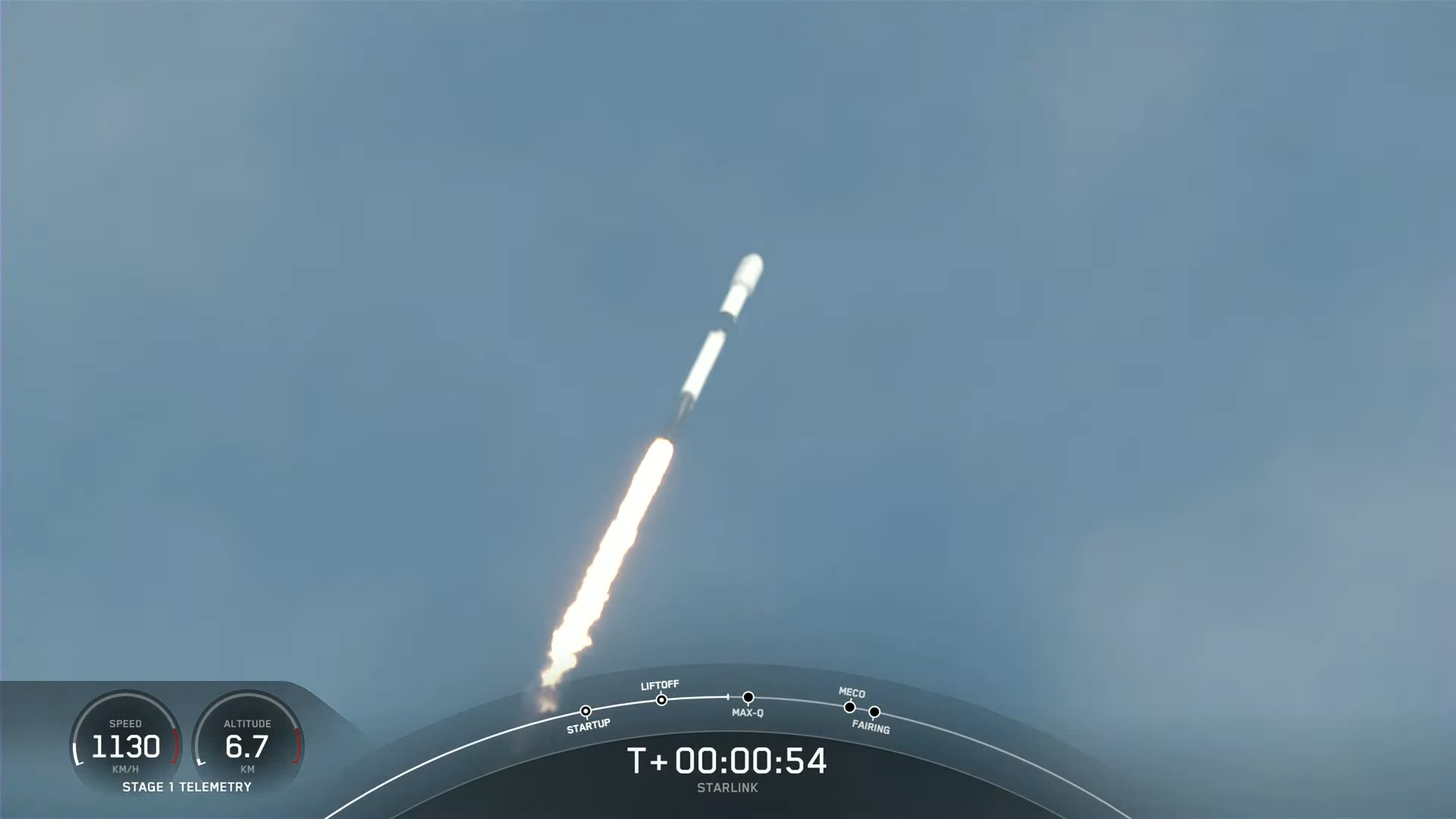
For the sixth time in under a year and a half, SpaceX launched a ten-times-flown Falcon 9 booster on Thursday, laden with a “stack” of 54 Starlink internet communications satellites. Liftoff of the B1062 core—which previously lofted eight humans to space on last year’s all-civilian Inspiration4 flight and last spring’s first all-private International Space Station (ISS) mission, Ax-1—occurred from storied Space Launch Complex (SLC)-40 at Cape Canaveral Space Force Station, Fla., at 10:50 a.m. EDT.
With today’s successful flight, more than 3,500 Starlink satellites have been emplaced into low-Earth orbit in just three years, including over 1,560 in 2022 alone. And the network’s progress as an internet provider on the world stage has advanced in leaps and bounds, notably following the emergency provision granted to Ukraine following Russian President Vladimir Putin’s invasion in February.
Availability was expanded to include Malta and—controversially—Iran last month and more recently Japan in October. This brings to 43 the total number of countries and markets spanning North and South America, Europe, Asia and Oceania to have formally signed up to Starlink since the fall of 2020.
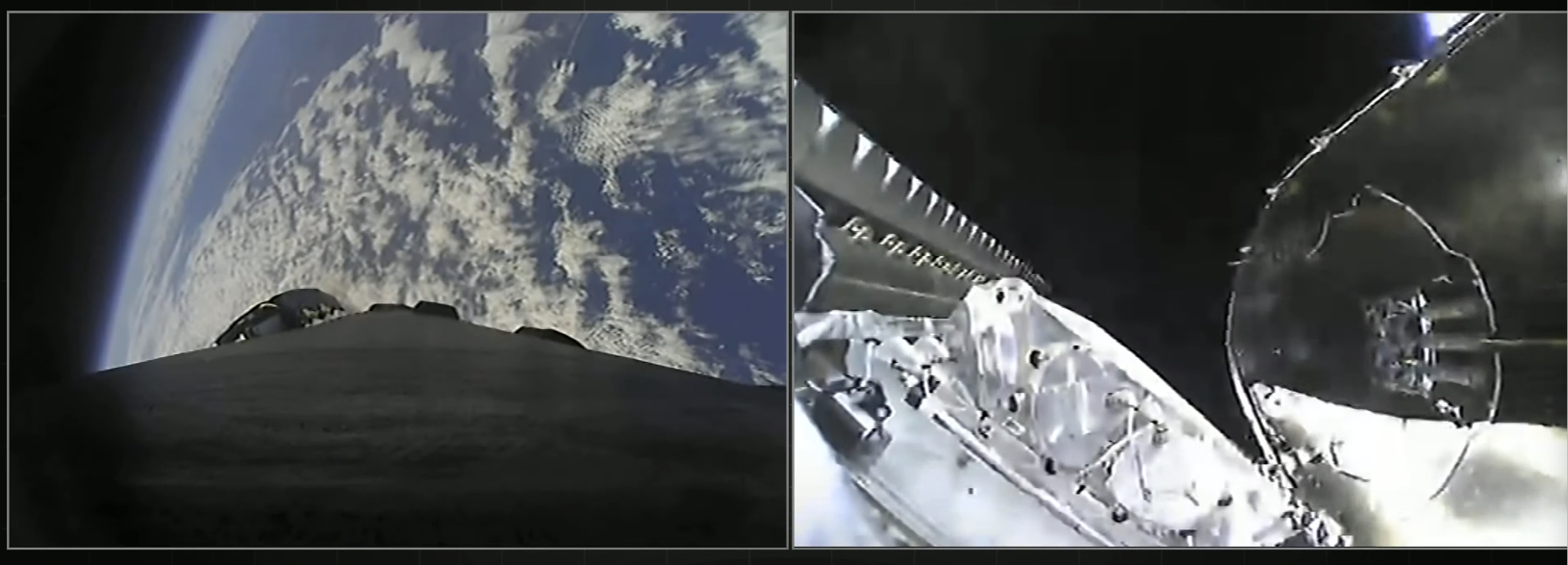
The booster for today’s flight entered service almost two years ago in November 2020, when she lifted the fourth Block III Global Positioning System (GPS) navigation and timing satellite towards Medium Earth Orbit (MEO) from the Cape’s SLC-40. It was a spectacular start to B1062’s career, after a rather inauspicious start.
A month before, its launch was dramatically aborted at T-2 seconds, after the firing commands had been transmitted to start the nine Merlin 1D+ first-stage engines. A slight flicker of flame was promptly followed by the ominous silence of shutdown and a dramatic pall of smoke which drifted into the night sky.
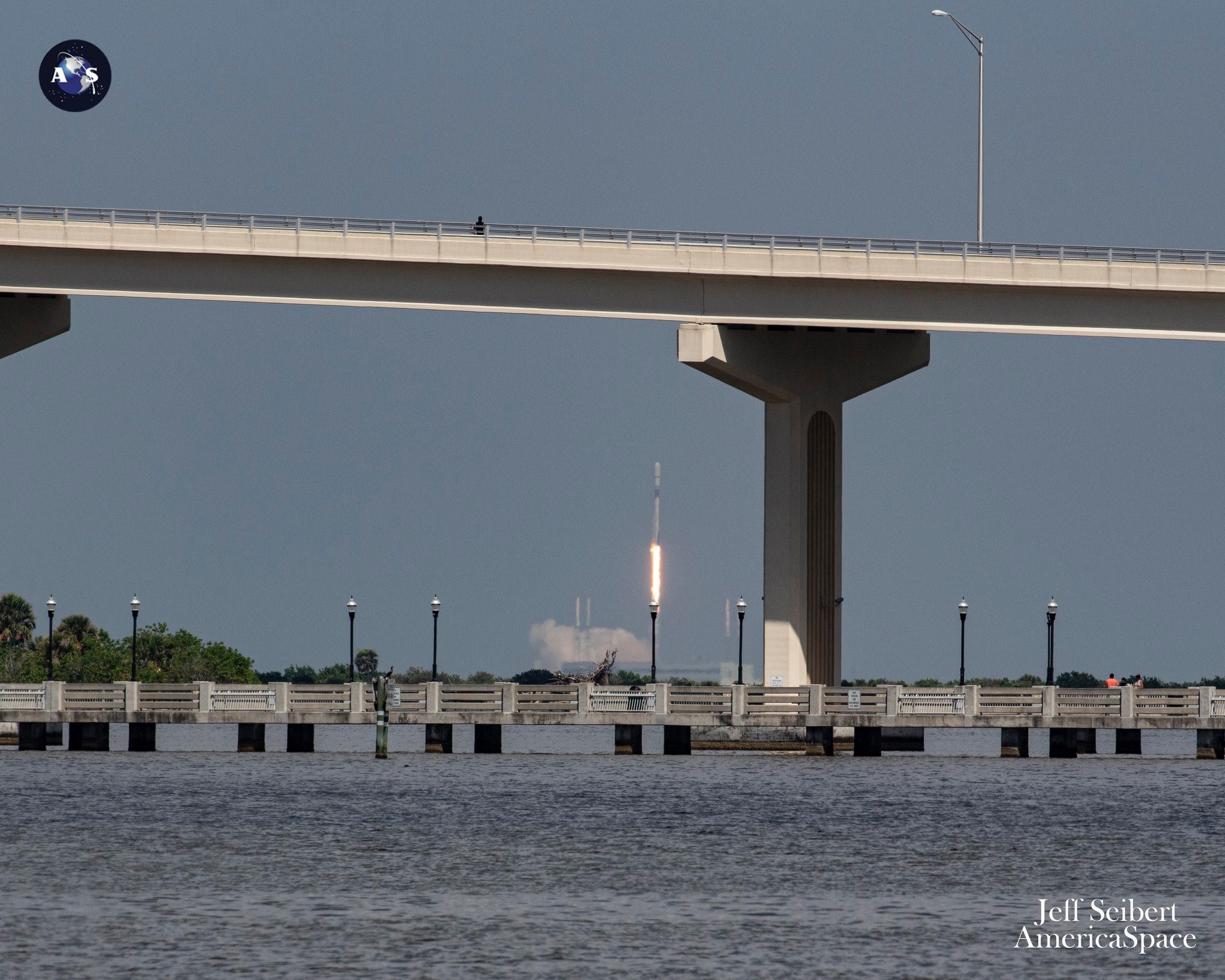
“And we have an abort,” came the clipped call from the SpaceX launch announcer. “All engines in standby.”
The premature shutdown was later attributed to an “unexpected pressure rise in the turbomachinery gas generator”, according to a tweet posted by SpaceX founder Elon Musk.
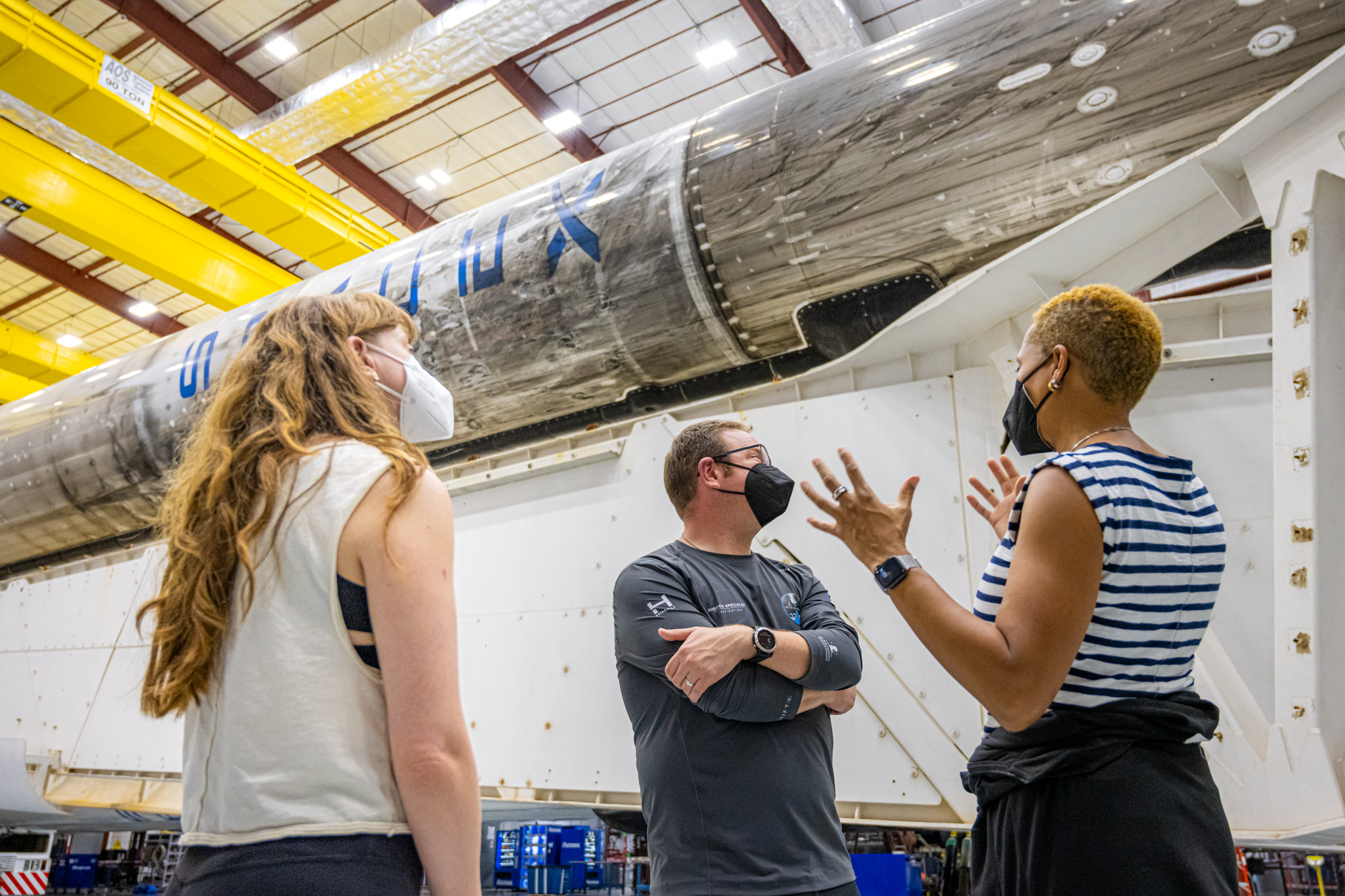
After a successful Static Fire Test in early November, B1062 took flight successfully on the 5th. And that kicked off a stellar career which—as of today—has seen her launch to space no fewer than ten times.
Following the GPS III-04 launch, B1062 was pressed rapidly back into service, flying twice in 2021—lifting GPS III-05 to orbit in June and the historic, all-civilian Inspiration4 crew of Shift4Payments billionaire Jared “Rook” Isaacman and crewmates Sian Proctor, Hayley Arceneaux and Chris Sembroski aboard Dragon Resilience the following September—and becoming the first Falcon 9 booster to fly this year. Launched last 6 January, she has now roared skyward seven times in 2022, more than any other Falcon 9 within a single calendar year.
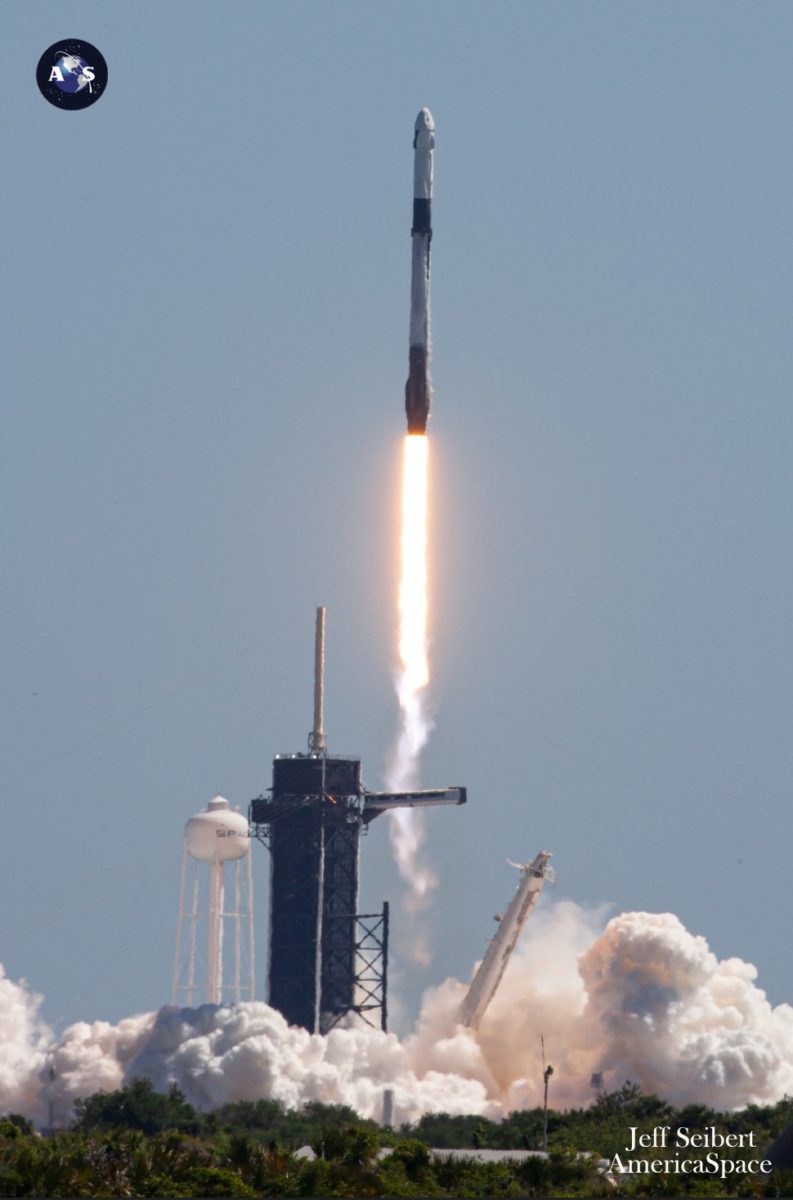
Notably, she flew twice in April alone, establishing a new record of only 21 days between launches by the same orbital-class booster. The first of those launches carried Dragon Endeavour and Ax-1 crewman Mike Lopez-Alegria, Larry Connor, Mark Pathy and Eytan Stibbe on the first leg of their 17-day mission to the ISS, on behalf of Houston, Texas-headquartered AxiomSpace, Inc.
Most recently flown last August, B1062 has now lifted to orbit eight humans, two Block III GPS payloads, over 260 Starlinks and Egypt’s powerful Nilesat-301 geostationary communications satellite. Her ten missions have ended with ten on-point touchdowns on the deck of the Autonomous Spaceport Drone Ship (ASDS), five of which—including today’s flight—on the newest addition to the SpaceX fleet, “A Shortfall of Gravitas”.
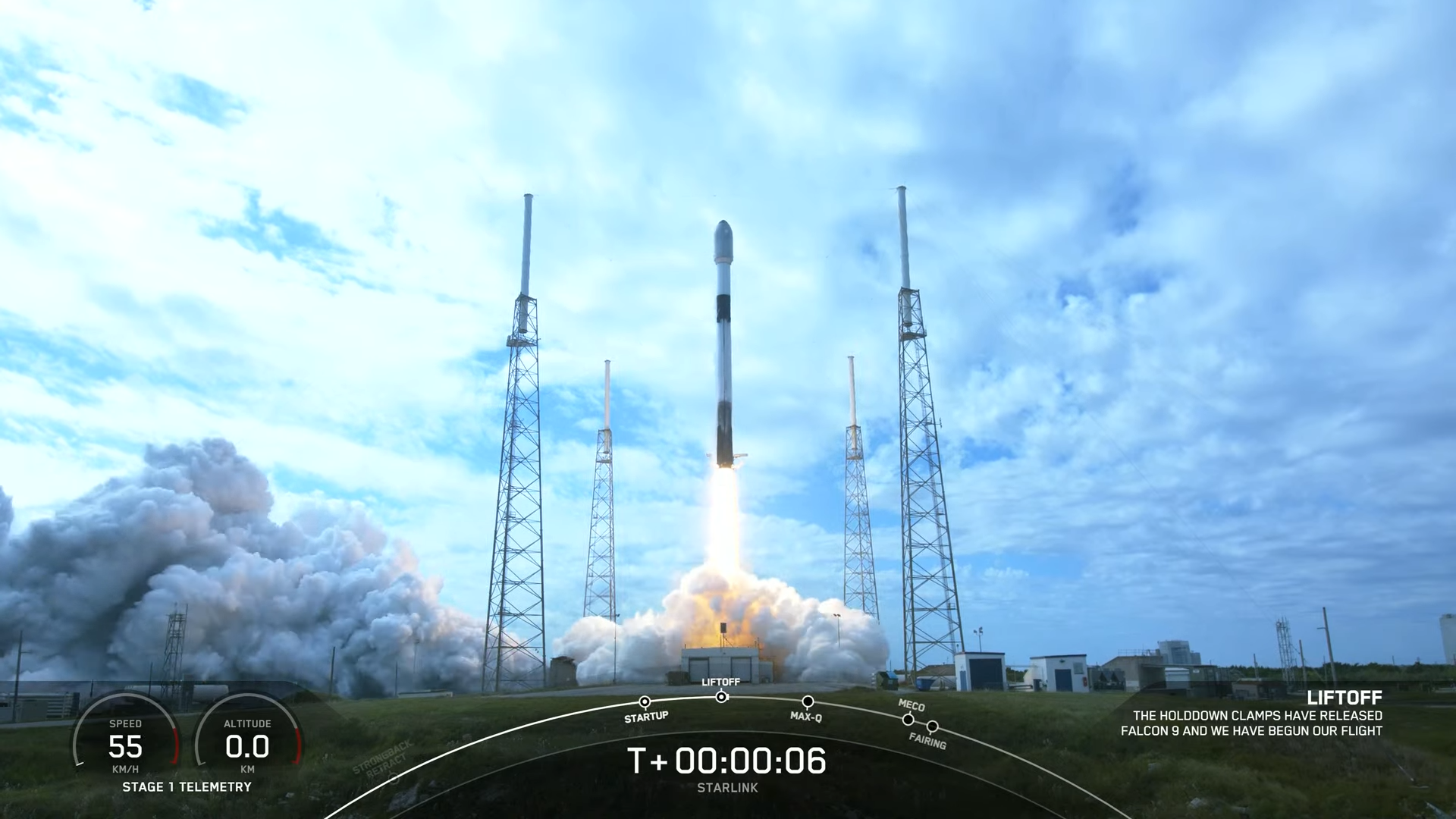
With four Falcon 9 missions already wrapped up in the first half of October, including the rousing launch of Dragon Endurance and Crew-5’s Nicole Mann, Josh Cassada, Koichi Wakata and Anna Kikina, today’s mission marked the sixth occasion in 2022 that SpaceX has flown at least five times in a single calendar month. Originally scheduled to fly in late September, today’s mission was reshuffled in response to the onslaught of Hurricane Ian and ASOG duly put to sea out of Port Canaveral last Sunday, bound for a position about 410 miles (660 kilometers) offshore in the Atlantic Ocean.
Weather conditions for both Thursday’s primary launch attempt at 10:50 a.m. EDT and Friday’s backup opportunity at 10:29 a.m. EDT were highly favorable, with an 80-90 percent probability of being acceptable. “On Thursday, a wave is forecast to form on the front in the vicinity of the Bahamas, bringing the clouds and rain back north along the southeast coast of Florida,” noted the 45th Weather Squadron at Patrick Space Force Base.
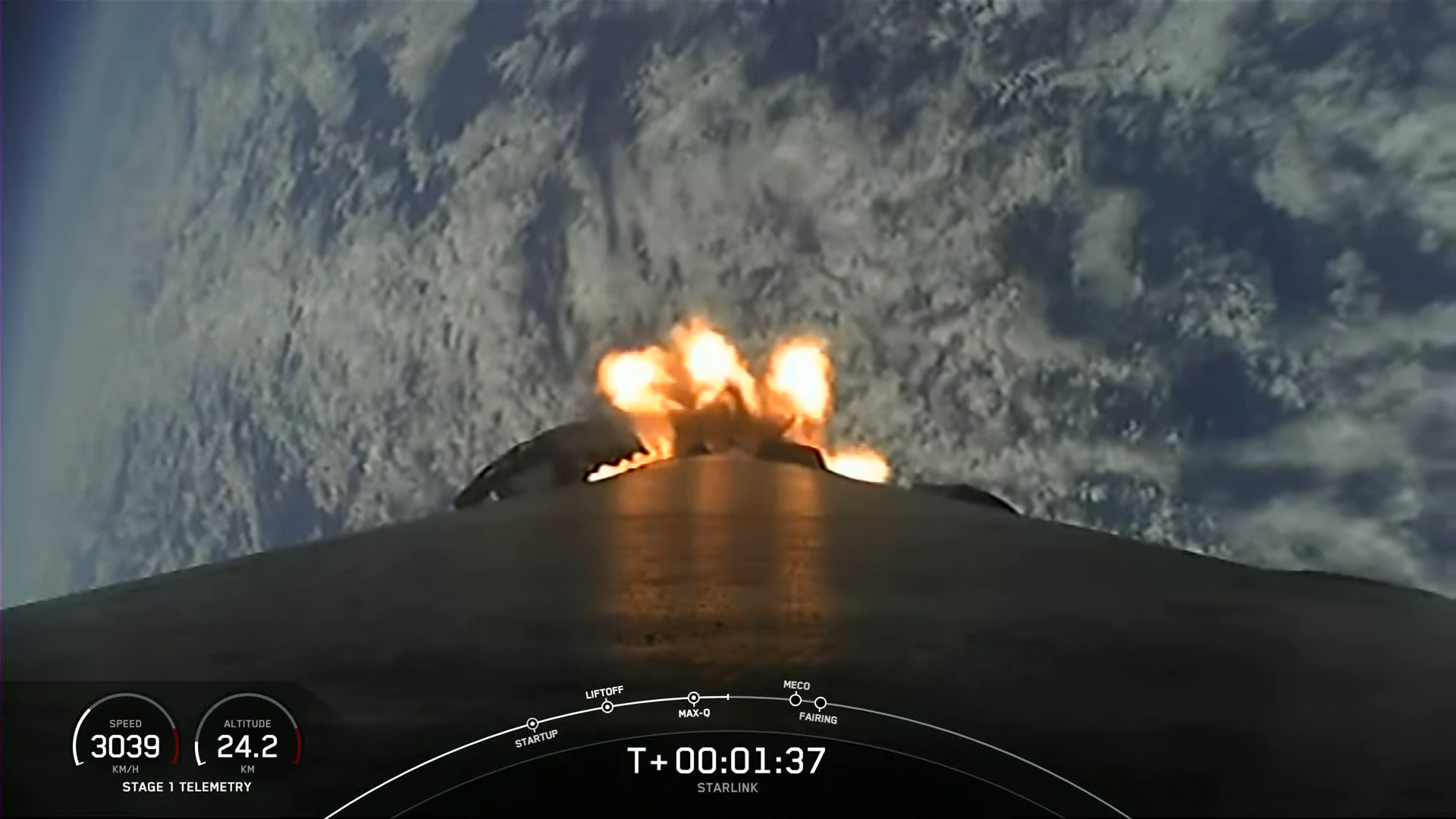
“The primary weather concern for a launch attempt Thursday is the Cumulus Cloud Rule,” it added. “On Friday, the wave will begin to push north, bringing clouds and showers closer to the Spaceport and near-shore waters, as well as increasing the northerly winds.”
For the tenth time in less than two years, B1062 rose atop a pillar of golden flame and 1.5 million pounds (680,000 kilograms) of thrust, precisely on time at 10:50 a.m. EDT Thursday. She powered the stack uphill for the first 2.5 minutes of ascent, before separating and pirouetting with grace and precision to an on-point landing on ASOG.
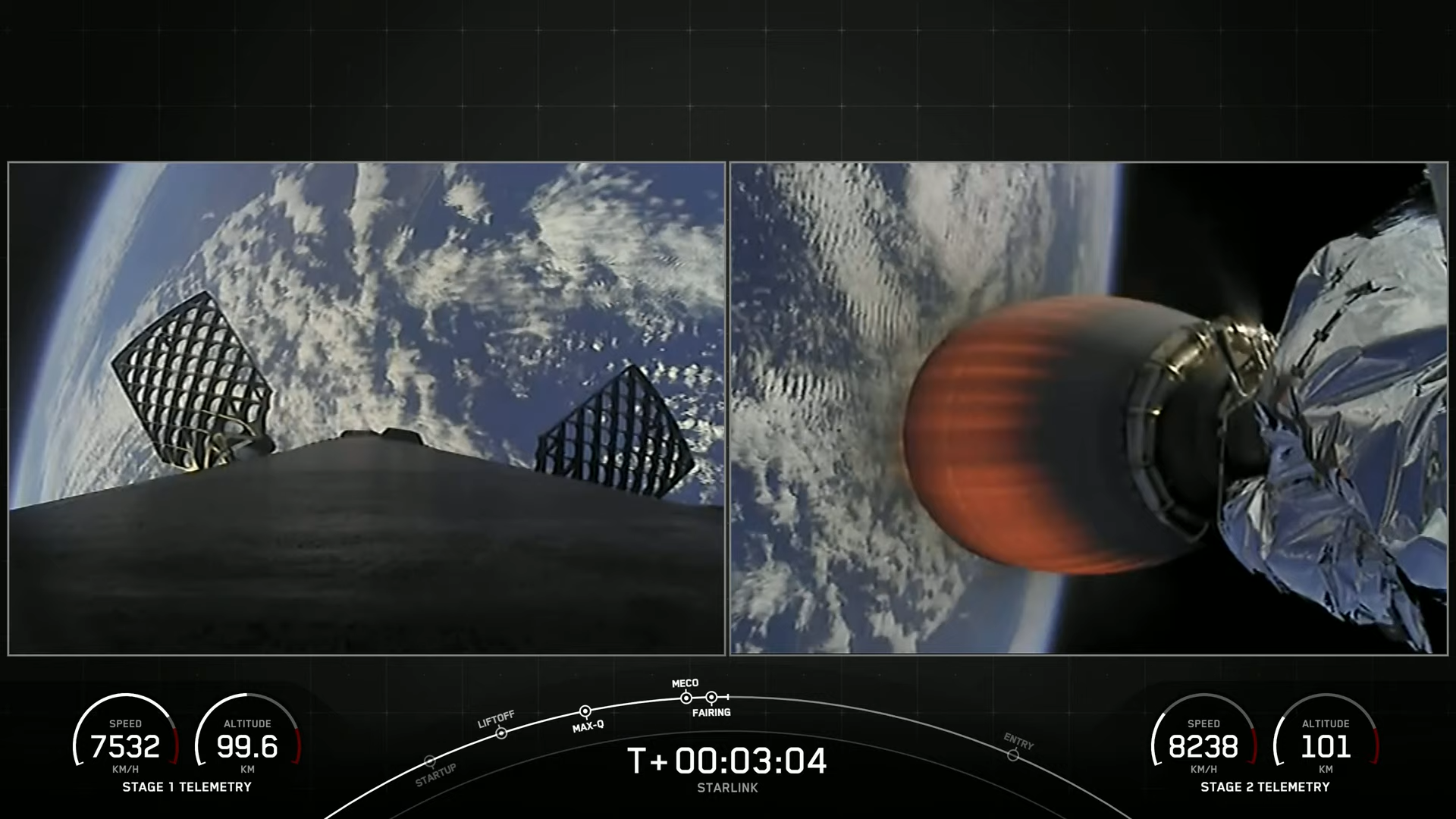
Meanwhile, the single Merlin 1D+ Vacuum engine of the Falcon 9’s second stage ignited for a customary six-minute “burn” to deliver the 54-strong Starlink payload into its targeted orbit at an altitude of 340 miles (550 kilometers), inclined 53.2 degrees to the equator. The satellites were successfully deployed about 15 minutes after launch, marking 1,561 Starlinks launched to date in 2022 and just over 3,500 since 2019.
SpaceX typically remains tight-lipped about its forthcoming schedule, although October is expected to close out as a six-mission month, with the launch of a triple-barreled Falcon Heavy anticipated in the coming days to lift the classified USSF-44 payload for the U.S. Space Force. Slated to fly from historic Pad 39A at the Kennedy Space Center (KSC), it will be the fourth overall outing of the Heavy and its first mission in over three years.
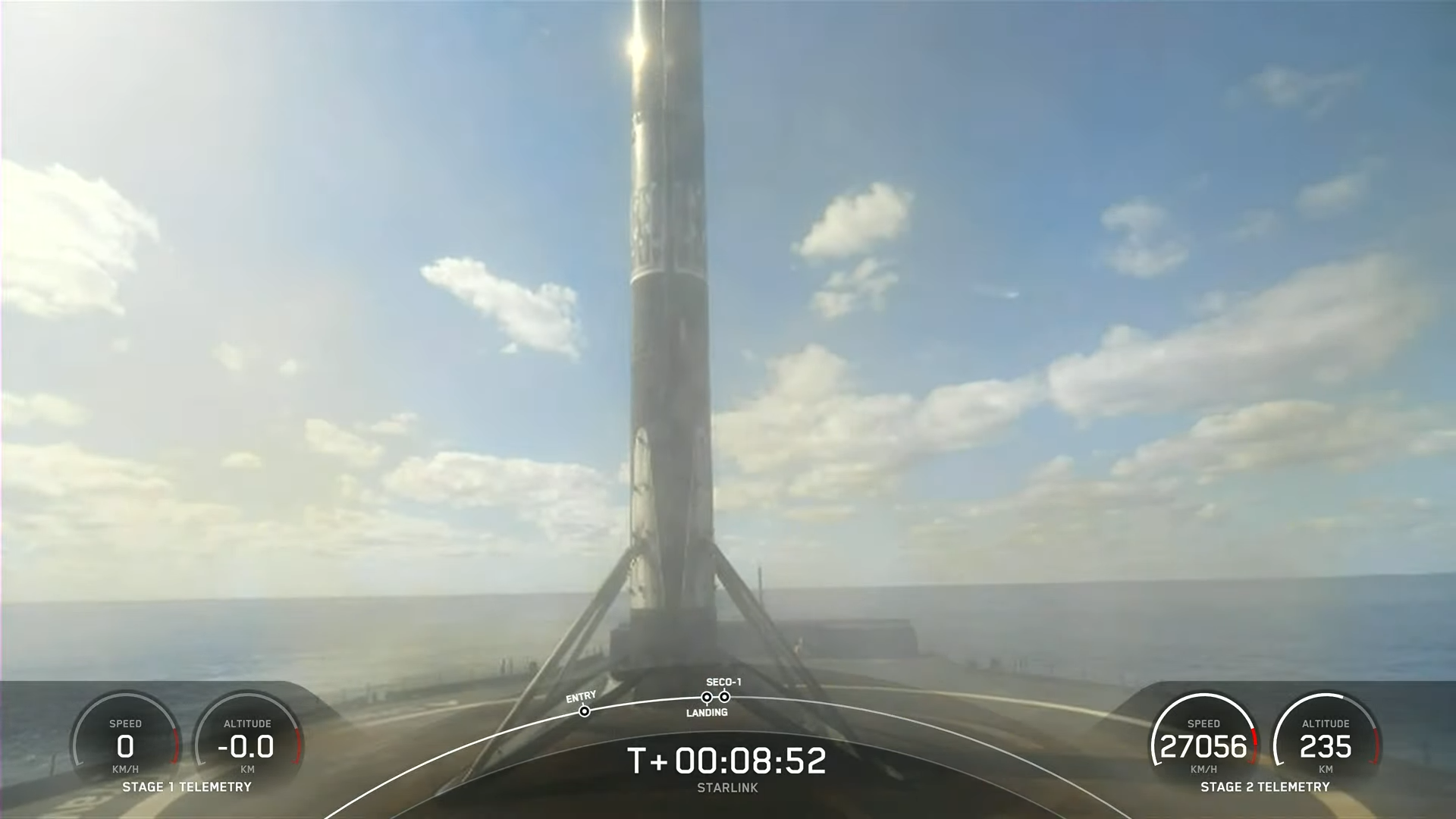
Weighing an estimated 8,200 pounds (3,700 kilograms), USSF-44 started life under the Air Force Space Command designator of “AFSPC-44”. Contracts between SpaceX and the Air Force’s Space and Missile Systems Center (SMC) at Los Angeles Air Force Base in El Segundo, Calif., totaling $297 million, were signed back in February 2019 and covered the launches of AFSPC-44 and a pair of missions for the National Reconnaissance Office, NROL-87 and NROL-85.
Earlier this year, the two NRO missions were lofted by a pair of Falcon 9 flights out of Vandenberg Space Force Base, Calif.—NROL-87 in February and NROL-85 in April—with AFSPC-44 having been redesignated “USSF-44” following the formation of the U.S. Space Force in December 2019. Also aboard the Falcon Heavy will be a group of other payloads, including the small TETRA-1 technology demonstrator, built for the Space Force by Millennium Space Systems, for injection into geostationary orbit.




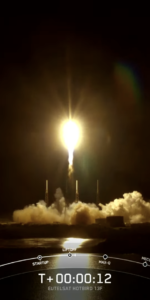
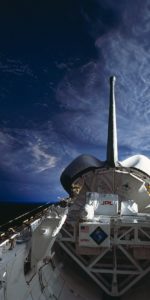
9 Comments
9 Pings & Trackbacks
Pingback:Weather Looks Favorable for CRS-26 Launch, Spacewalkers Identified for Next iROSA Tasks - AmericaSpace
Pingback:Weather Looks Favorable for CRS-26 Launch, Spacewalkers Identified for Next iROSA Tasks - Space News
Pingback:Bob & Doug’s Falcon 9 Makes 15th Launch, Sets New Records - AmericaSpace
Pingback:Bob & Doug’s Falcon 9 Makes 15th Launch, Sets New Records - Space News
Pingback:SpaceX Heads for 60th Launch of 2022; East and West Coast Missions Planned Before New Year’s Eve - AmericaSpace
Pingback:SpaceX se accommodé vers le 60e propulsion de 2022 ; Missions sur les côtes est et occident prévues endroit le médianoche du Nouveau An – spyxfamily-es
Pingback:SpaceX Heads for 60th Launch of 2022; East and West Coast Missions Planned Before New Year’s Eve - Space News
Pingback:SpaceX Launches Year’s 60th Mission, Looks Ahead to Busy 2023 - AmericaSpace
Pingback:SpaceX Launches Year’s 60th Mission, Looks Ahead to Busy 2023 - Space News